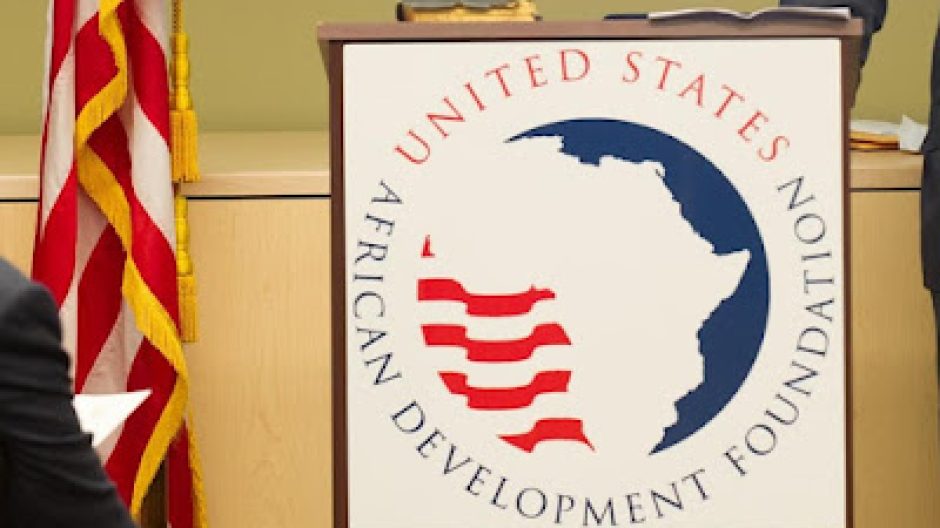Several agricultural startups in Nigeria and Kenya have been affected by a sudden decision from the United States African Development Foundation (USADF) to halt its $51 million grant program. The move has raised concern among African entrepreneurs, many of whom relied on the program to scale their businesses, drive innovation, and expand impact.
The funding cut comes as a surprise to many startups, especially those in the early and growth stages. For agri-tech innovators who had tailored operations around the promised grants, this development poses a significant setback. The USADF program was known for offering direct funding and technical support to businesses that addressed food security, youth employment, and climate resilience.
Startups in Nigeria and Kenya had emerged as top beneficiaries, given the regions’ growing influence in agri-innovation. Founders say they were either awaiting disbursements or had just begun program participation.
According to reports, the US government cited a strategic budget reevaluation as the reason behind the grant termination. While no further details were offered, insiders believe the decision is tied to shifting foreign aid priorities under a new fiscal policy direction.
The sudden exit of USADF funding could affect investor confidence and disrupt momentum in the African agritech space. However, it also highlights the need for more African-led investment vehicles that are resilient and less dependent on foreign aid.
Entrepreneurs and ecosystem stakeholders are now calling for better transparency, diversified funding strategies, and stronger public-private partnerships to cushion the impact of such abrupt policy changes.
About USADF
The United States African Development Foundation is an independent U.S. government agency that has supported African-owned and African-led projects for decades. The foundation has focused on delivering direct funding to local enterprises, cooperatives, and community organizations in underserved regions.
As the dust settles, all eyes will be on how local ecosystems in Kenya and Nigeria adapt to this shift and who will fill the gap.




